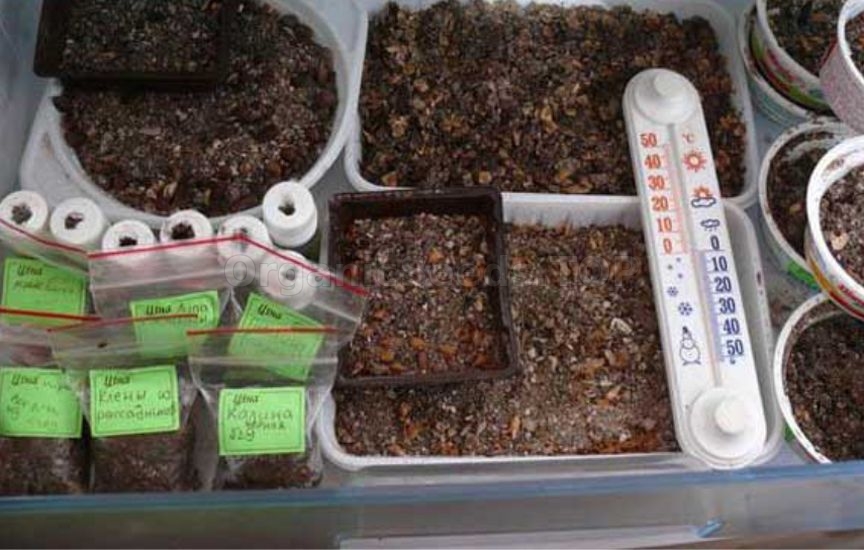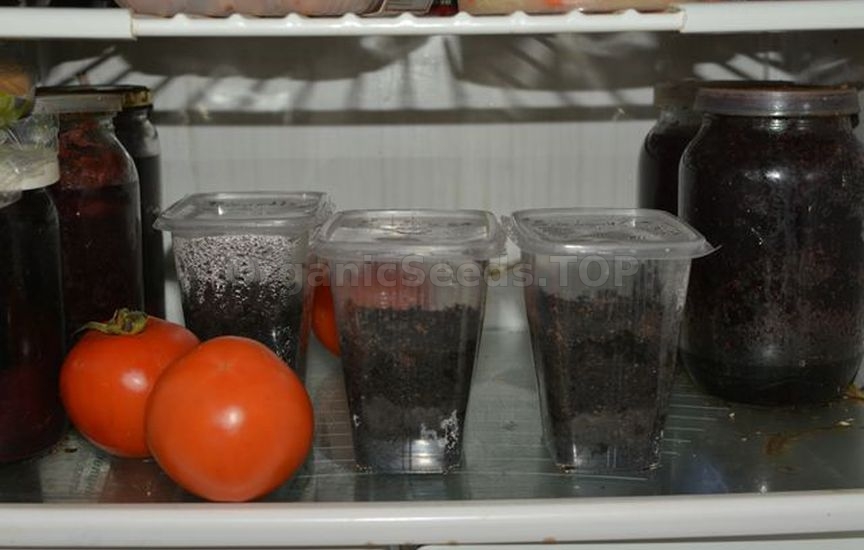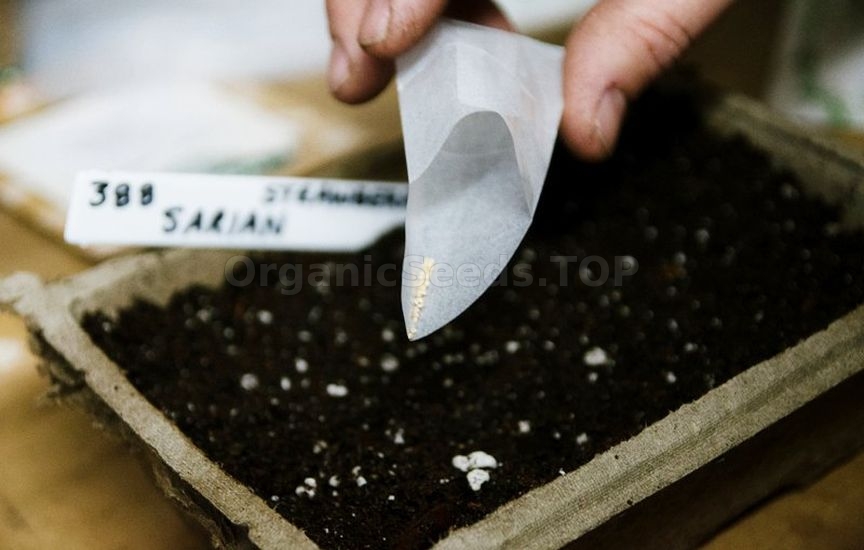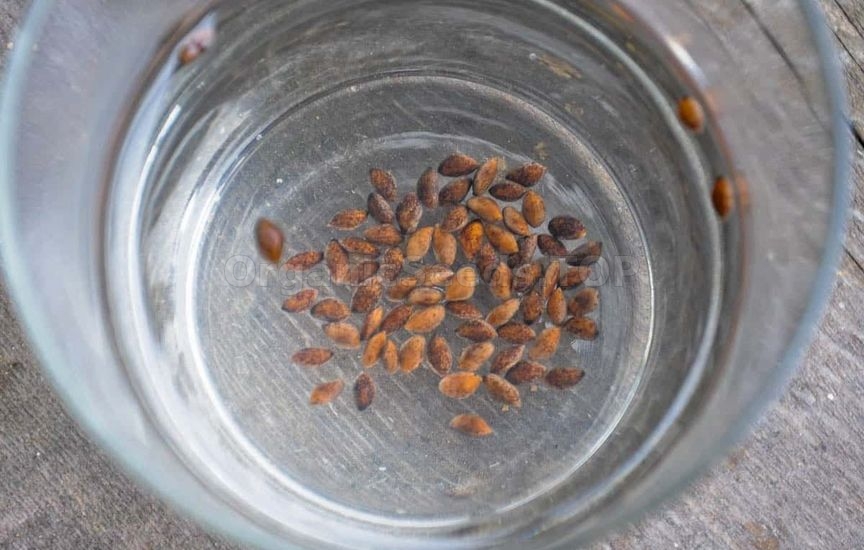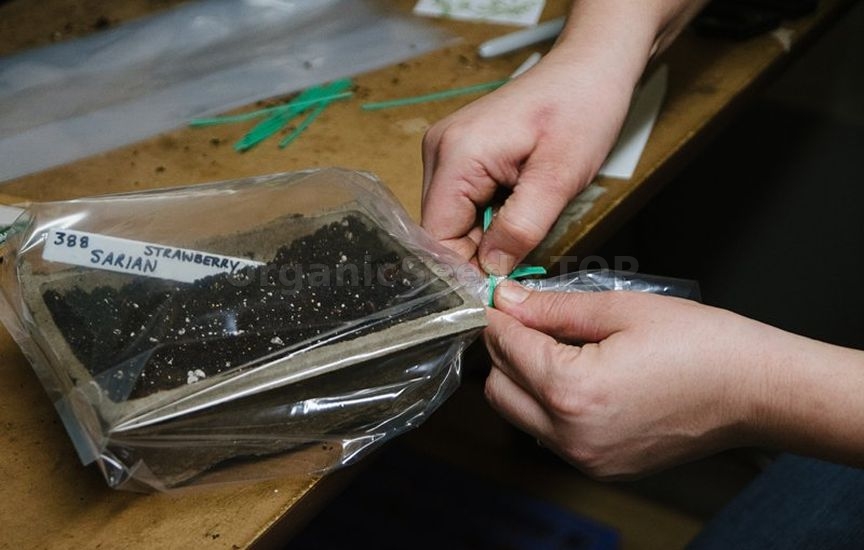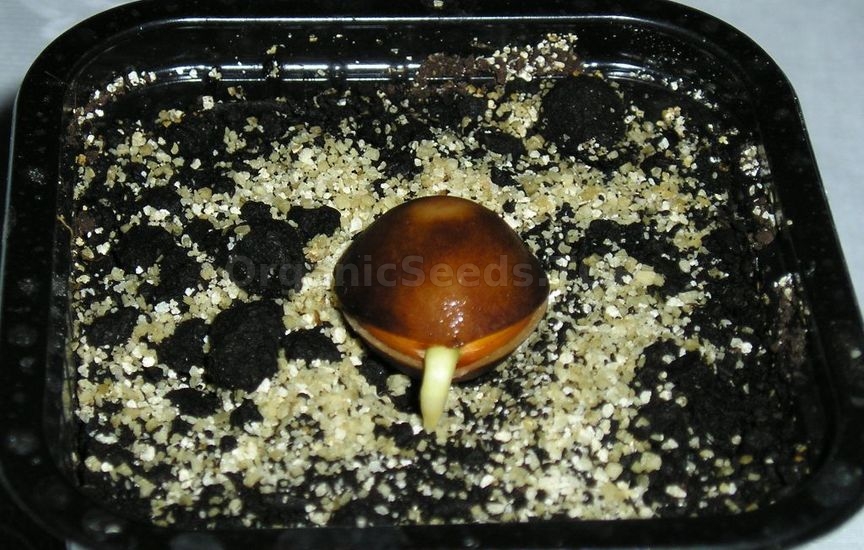6 main rules for seed stratification at home |
The article presents six rules for successful seed stratification, following which you can effectively prepare them for sowing. Learn about the specifics of seed stratification for each plantBefore sowing certain seeds, you should ensure that you have reliable information. Do they require stratification to germinate? And if so, what type and for how long? The duration and requirements vary for different species. For example, tulip tree seeds (Liriodendron) require a year and a half (!) to germinate, imitating winter-summer-winter cycles, while lavender seeds need only one month at a low temperature. I advise you to always read recommendations for each specific plant. Stratify "common" plants in open ground, exotic plants—in a basement or refrigeratorSeeds of common local plants (which you can collect in large quantities) can be safely sown in open ground before winter, after preparing the beds and marking the sowing sites with special markers or simply sticking in plastic spoons or knives. Prepare the stratification substrate correctlyStratification should be conducted in sterile soil mixes or substrates. Mold and fungal diseases, as well as pests, can ruin months of effort. In principle, any option will work, but it is more convenient to stratify small seeds in a mixture of peat and sand (with sterilized garden soil, if needed), while large seeds can be stratified in sphagnum moss, peat, or a peat-sand mixture. Ensure high humidity of the soil and airBefore placing the seeds in the substrate, it is better to soak them in water for a couple of days—this speeds up the activation of internal chemical processes. Then, throughout the entire period, it is necessary to maintain high soil and air humidity. Therefore, containers with seeds should be placed in a polyethylene bag or in a purchased mini-greenhouse for seedlings. If drying occurs, the seeds should be sprayed with water from a spray bottle. Soft, filtered water is preferable, and melted snow is even better. Constant monitoring!Check stratified seeds regularly, about once every two weeks. This is why refrigerators and basements are convenient for this process. Open polyethylene bags, lift lids on mini-greenhouses, and inspect seeds for mold. If mold appears, wash large seeds, and treat sown seeds with fungicides (a diluted hydrogen peroxide solution will work).
Sow germinated seeds in timeOnce the seeds begin to germinate, sow them in a soil substrate immediately and place them in a warm location. If a seed has already developed a long sprout, handle it carefully to avoid breaking it. If broken, the future plant will die. When the first sprouts appear, containers should be placed on a well-lit windowsill and supplemented with special phytolamps (as winter days are too short). You may need:Vegetable seedsOrganic Fertilizers |
|
|


